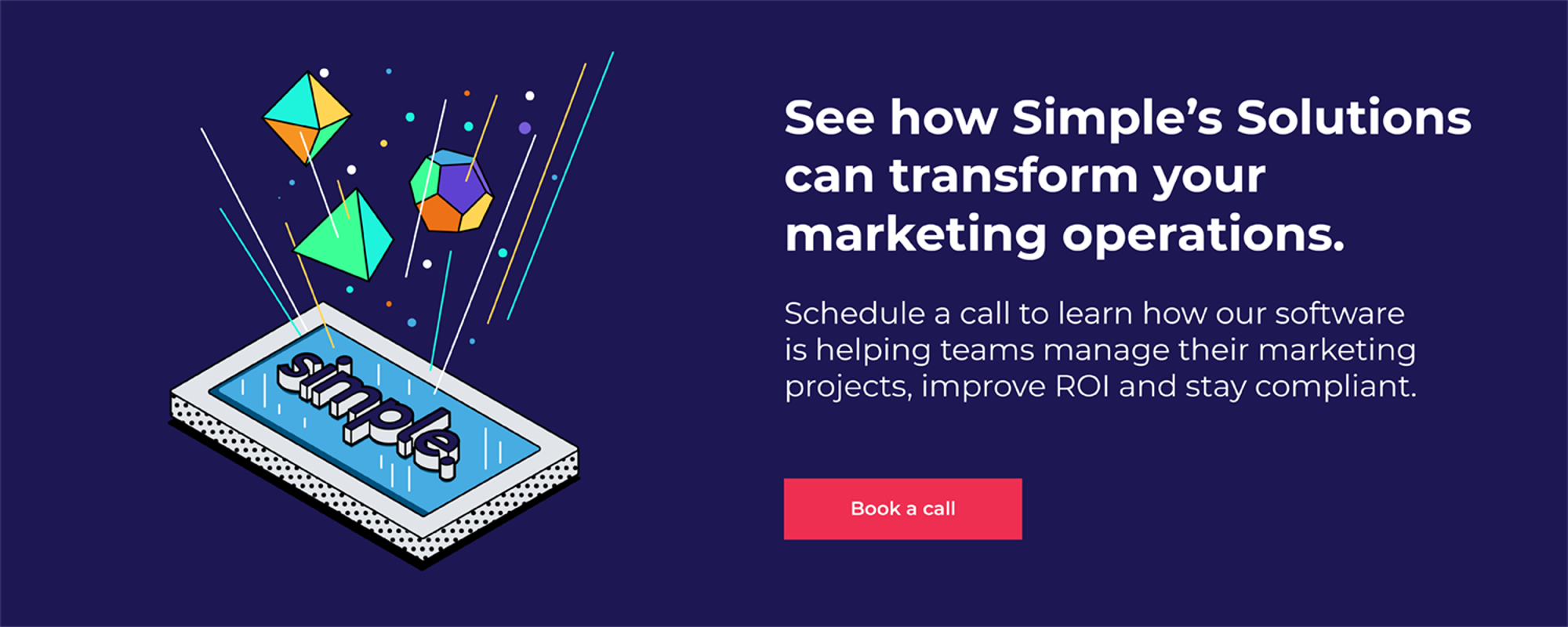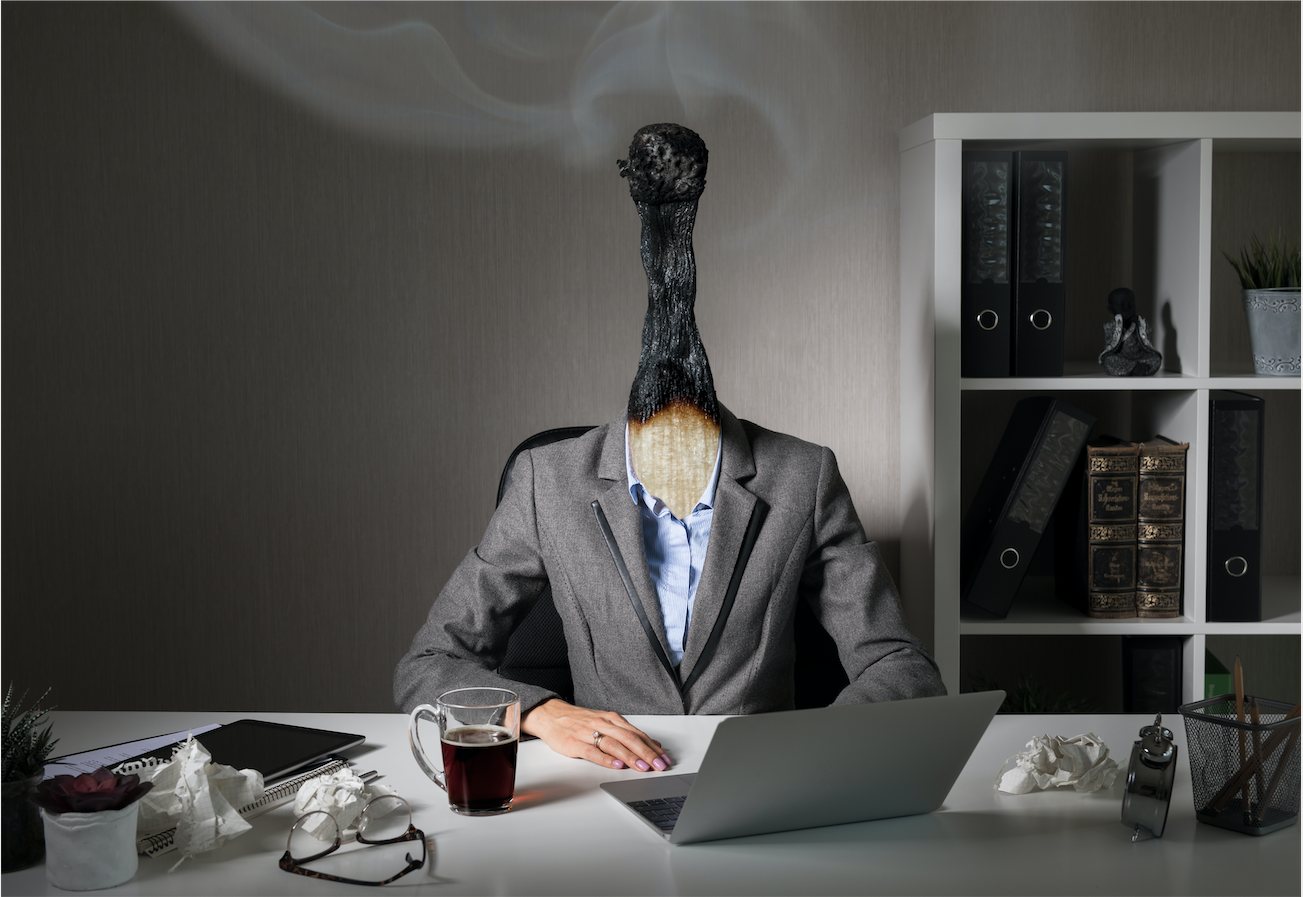
How to avoid burnout in your Creative Marketing Team
By Jodie Byass
With increasing pressure to create and deliver standout marketing campaigns with tighter turnarounds and always having to be on, working in the marketing industry can be high-octane. Creative teams need to have some measures in place to ensure they take care of their health.
While burnout isn't new, its prevalence across a range of industries appears to be on the rise in 2022. Or are we just talking about it more? Either way, we're beginning to understand the toll on both the individual and business.

In research undertaken by Digiday, about 40 percent of people who work between 50 and 59 hours a week said they were worried about their mental health. For an ad agency, the cost of burnout can also be great. Reports indicate that psychological conditions that go untreated cost Australian businesses around $10.9 billion annually.
What are the symptoms of burnout?
Burnout is a condition identified by a range of symptoms that affect workplace performance and bleed into everyday life. The symptoms may include chronic stress, exhaustion, apathy, anxiety, depression and sleeplessness. Often a sense of being unsupported in the workplace is associated with burnout. The psychological symptoms can lead to a decreased immune response which impacts the individual?s physical health forcing them to take time off work. Recovery from burnout can take months, and even longer in some cases.
So what's the tipping point from healthy to burned-out creative?
What causes us to go from managing stress successfully to full-blown burn-out is often a loss of control, the feeling we're on a treadmill that?s being driven by someone else. It's this kind of atmosphere within a work environment that creates a failed system, not designed or resourced for success. How to recognise and prevent agency burnout, Mumbrella
Common factors that contribute to burnout are increasing workloads saddled with inefficient resourcing; juggling too many projects without the right objectives or tools; not having defined roles; and a lack of support, transparency or leadership within the workplace. Underlying all of these factors might be a sense that work comes before all else and speaking up about work challenges isn?t the done thing.
How do you avoid burnout in an marketing environment?
As burnout affects both the individual and marketing teams and ad agencies alike, the problem needs to be addressed on both levels.
The individual
1. Make your health (not just work) a priority.If your health hasn?t been a priority in the past, this might take a little practice. To start with, ensure that you're eating well, exercising regularly, getting enough sleep and having some quality time outside of work. Next make sure you've set some boundaries in the workplace.
2. Plan uninterrupted time to focus on completing work.
Not having uninterrupted time to complete tasks and projects leads to frustration and, in the long-term, can contribute to burnout. At the beginning of each work day, make a priority list so that you plan blocks of work. Check emails on the hour or every two hours (if viable) so that you can get uninterrupted time to complete work. If need be, place a 'Do not disturb' sign on your desk, set your phone to voicemail, even click snooze on Slack. In addition, say no to unimportant meetings or when you know someone else can represent you.
3. Set a precedent for taking breaks throughout the work day.
In work cultures where taking a lunch break is frowned upon, going against the grain can be challenging. But your body and mind will thank you for it.
According to the Tork survey, early 90% of North American employees claim that taking a lunch breaks helps them feel refreshed and ready to get back to work? Forbes
It's recommended that, at the very least, you take three lunch breaks a week away from your computer. Try also getting up every couple of hours for a drink, a quick stretch or walk around the block. And remember to plan regular holidays when you can unplug from work completely.
4. Speak up when your workload feels overwhelming.
Often employees don't speak up about their workloads because of a fear they'll lose their job or be seen to be underperforming. Nonetheless, communicating your challenges, even saying no on occasion to job requests can give you credibility according to productivity expert Julie Morgenstern.
The benefit of speaking to your boss or manager about this is that you can potentially glean another perspective as well as come up with some solutions on how to solve the problem. Are there competing priorities that can be moved down the list? Does the option exist to hire a freelancer to help with your workload in the short term? If you don't ask, you?ll never know.
5. Set boundaries around your role.
In the workplace, there are times when we all need to pitch in and do things beyond our role to achieve a common goal. Still if you're always performing tasks outside of your role, and what you're good at, this can quickly lead to job dissatisfaction. Worse, it can lead to resentment and stress. This might serve as another opportunity to speak up and renegotiate the terms of your role expressing what is that you enjoy and thrive on.
6. Give yourself permission to enjoy work.
Most people who follow a creative path do it because they love it. Remind yourself that it's okay to enjoy your work and it shouldn't always feel like an uphill battle. Take some time out to reflect on what's important to you. Does your current role still excite and fulfil you? Are your challenges the kind that can be solved in your current situation? Do you feel heard and appreciated in the workplace? If not, maybe it's time for a change.
The Ad Agency
7. Promote a transparent and healthy workplace.
A recent report by Allianz found that ?mental health conditions can lead to increased absenteeism and decreased productivity. In fact, workers with severe depression take 20 times more sick days per month than other workers.
Allianz research indicates that employees want to see more awareness about mental health. And right now there are businesses that are trying to mitigate the problem by sending managers for mental health training to help de-stigmatise mental health challenges in the workplace. If individuals feel that they can go to their manager for support about work issues, we're likely to see less cases of burnout.
8. Adopt an marketing project management solution to manage projects and workloads.
Creative teams are always juggling multiple projects and, while that's not going to change, using the right tools to manage projects and workloads can take a load off.A Harvard Business Review research article found that businesses where burnout was a high risk three factors involved: 'excessive collaboration', weak time management disciplines, and 'overloading the most capable'.
With ad agency project management software, excessive email communications are eliminated with an online feedback system and batched approvals. An inbuilt resource management component also allows management to have transparency over all scheduling to ensure certain resources are not tasked beyond their capacity. The overall ease with which users can manage projects and decrease repetitive admin frees up more time for users to enjoy being creative again. For more in depth information, be sure to read our article on Understanding Marketing Project Management Software.
